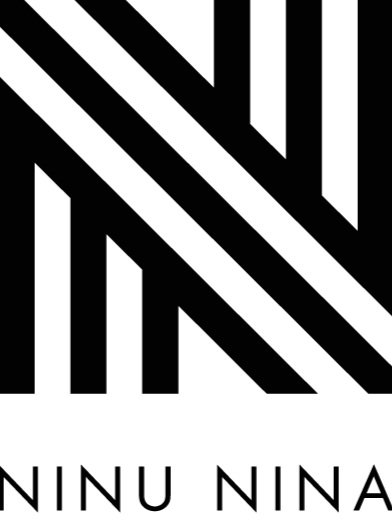Steven Seidenberg: An Inspirational Exploration of Abandoned Lives
Steven Seidenberg is a San Francisco-based photographer and writer predominantly focused on documenting liminal spaces, from ruinous structures to overlooked or abandoned objects. His unique approach to these two modes of creativity allows them to coexist, each informing the other while maintaining their distinctiveness. "Rather than describing the influence of the literary work on the visual and vice versa, Steven explains, "I would say that they move from the same impulses but diverge radically both because of the nature of the practices and how each practice relates to its discursive counterparts and predecessors."
For Steven, literary projects are meticulously planned, shaped by structural and conceptual themes that expand as the language of the project evolves. In contrast, his visual art emerges more spontaneously, influenced by immediate surroundings and encounters with the unexpected. The work that caught our attention is the hauntingly beautiful series of photographs we found in his book “The Architecture of Silence: Abandoned Lives of the Italian South”, published by Contrasto Books. This work examines the failed post-war land reform movement in Italy, known as the Riforma Fondiaria. Implemented between 1952 and 1972, the reform aimed to place land in the possession of impoverished families but lacked the necessary infrastructure to make these small holdings sustainable. This oversight led to mass migration to the industrial North, leaving behind abandoned, often cast-concrete structures in machine-cultivated fields. In 2017, he began documenting these landscapes, capturing the remnants in Basilicata and Puglia.
These subjects are discovered through a process of exploration and formal repetition within the visual field. Some projects arise entirely by chance, while others are guided by historical, political, or conceptual themes. Over time, as he captures and develops these images, the coherence of the series emerges, revealing the project's essence. "It’s really only in series that the project becomes clear and imperative to me," Steven notes. This iterative process of discovery and development ensures that each project retains an element of ongoing exploration. Steven’s work is underpinned by a constant sense of discovery, both during the creation process and in his engagement with the final pieces. He believes that a project should continually impel him to discover, even after its completion. "If the project doesn’t feel like it is always impelling me to discover, even after it’s finished and in my approach to the images as a viewer, then it has not succeeded, and no one will see it," he asserts. This philosophy ensures that each of his projects remains dynamic, presenting the prospect of unending discovery through various material, aesthetic, compositional, and political constraints.
Composition is a critical element in Steven's work. He emphasizes that even attempts to avoid traditional composition still result in a compositional framework. For him, the awareness of transposing the indexical subject of his series onto a flat field aspect ratio, manipulated by view angle, depth of field, and point of focus, is fundamental. "My understanding of how to effectively illustrate the existential and ideological positionality that motivates my choice of subject through the native elements of lens-based composition is, finally, what makes my work mine," Steven says. This intricate understanding and application of composition not only define his work but also influence the viewer's experience, making each piece a distinctive part of his artistic journey.
You often work with your partner, anthropologist and archaeologist Carolyn White. Are there any challenges when applying an anthropological approach to photography or vice versa?
There’s been a learning curve to our collaboration, for sure; over time, I think we’ve both come to understand the importance of a certain flexibility in allowing each other our respective inflexibilities, if you will. We’ve realized the need to work separately, if we’re going to work together, and to offer our individual practices and imperatives in service to the other’s at times—but only insofar as they are not thereby fundamentally compromised. We had to accept the differences in our fields and approaches, and to see that those differences could amplify (rather than occlude) each other’s foci, which has made the collaboration generative for us both.
What responsibilities does an artist have when telling other communities’ stories?
This is an essential consideration, and is particularly tricky in lens-based practice, needless to say; the camera has been (and is now) often employed as a method of cooptation and suppression; the ideological onus of indexicality is its utility as a tool of abuse. It is particularly difficult to photograph the bodies of others in a way that isn’t intrinsically exploitative, even when the political motivation is explicitly progressive in some way, and I think it’s imperative to engage in practices that work against such positionality. As such, I never photograph humans, and often blanch at claims that such photography is serving those who are imaged, even where permissions are clearly sought and given.





